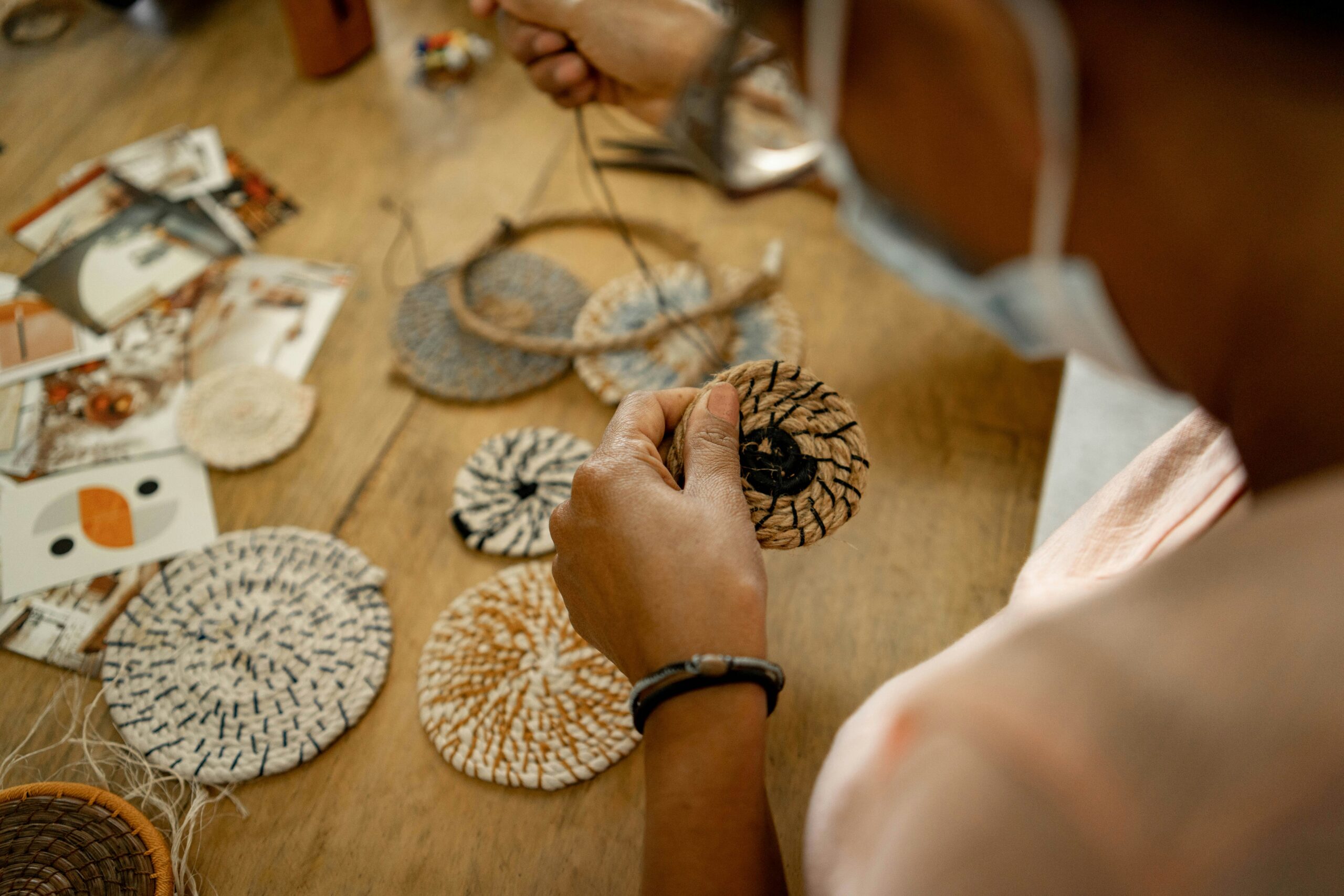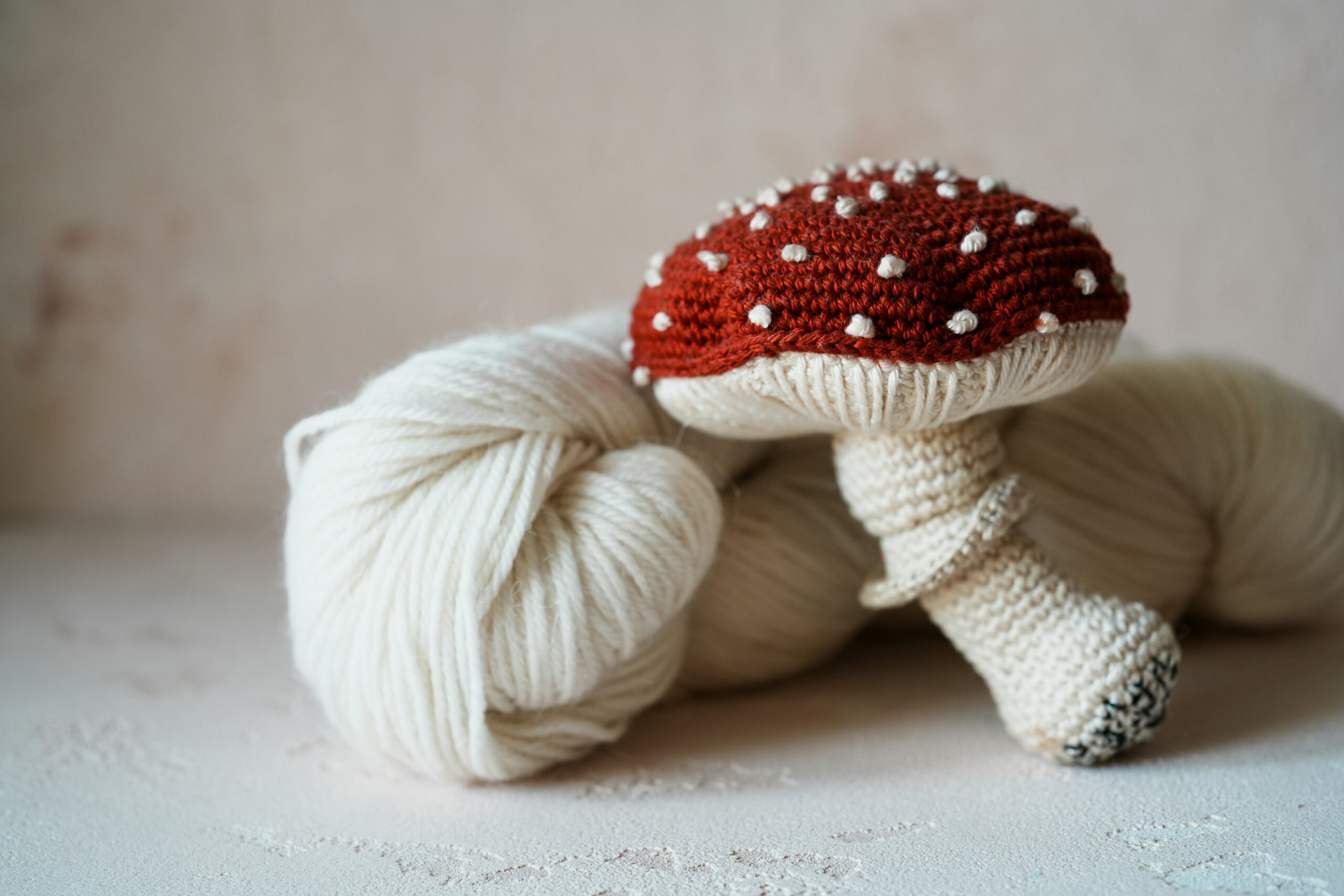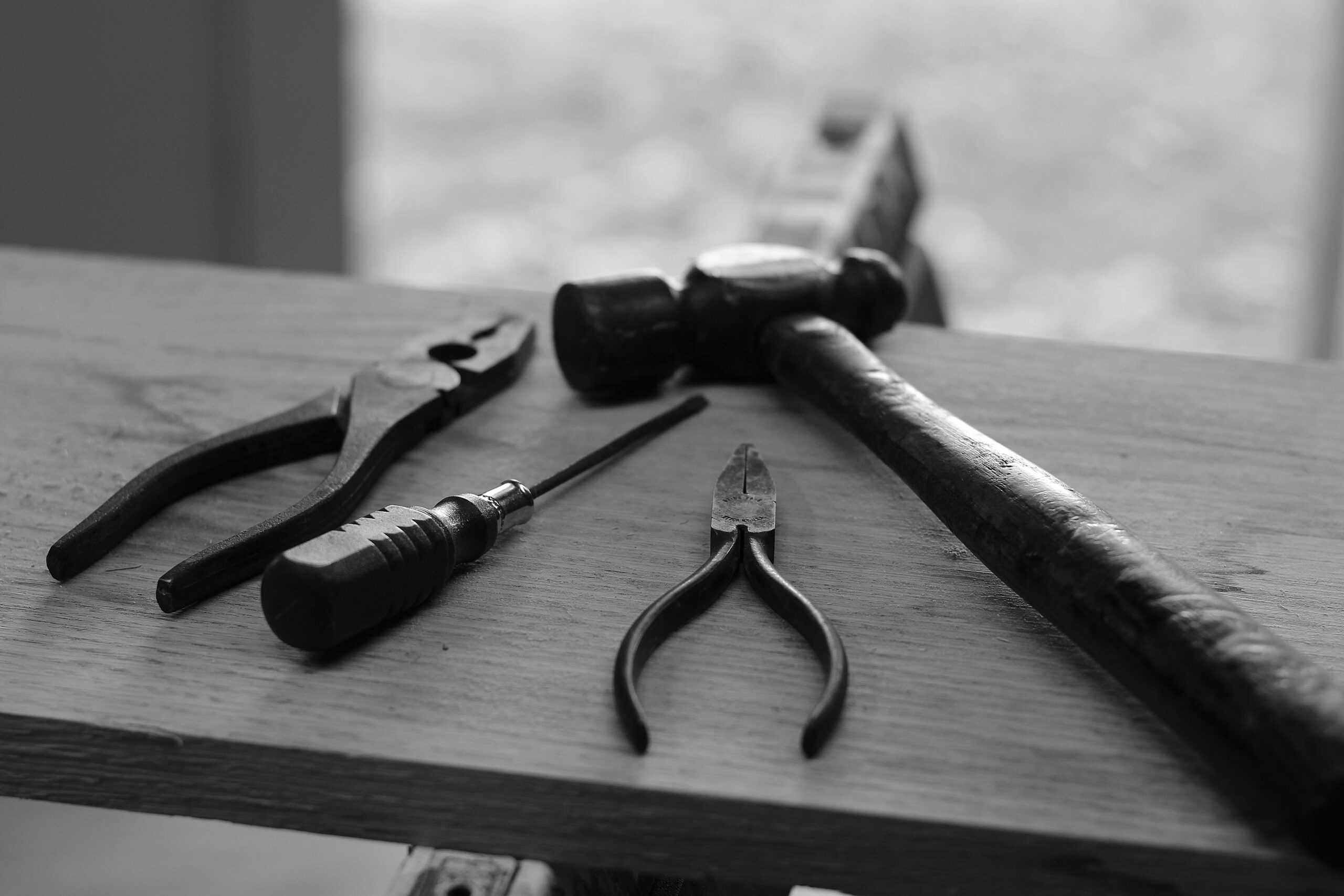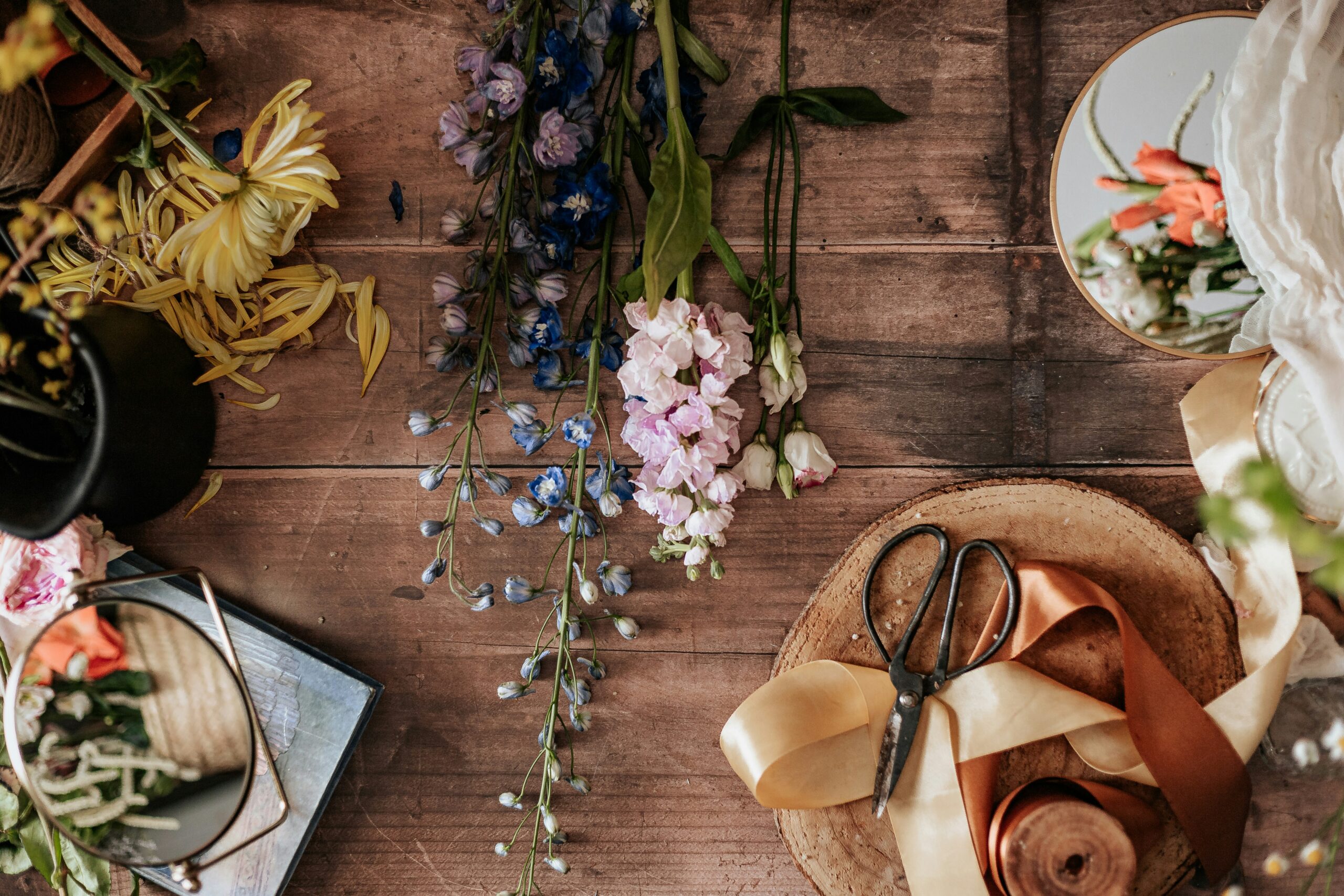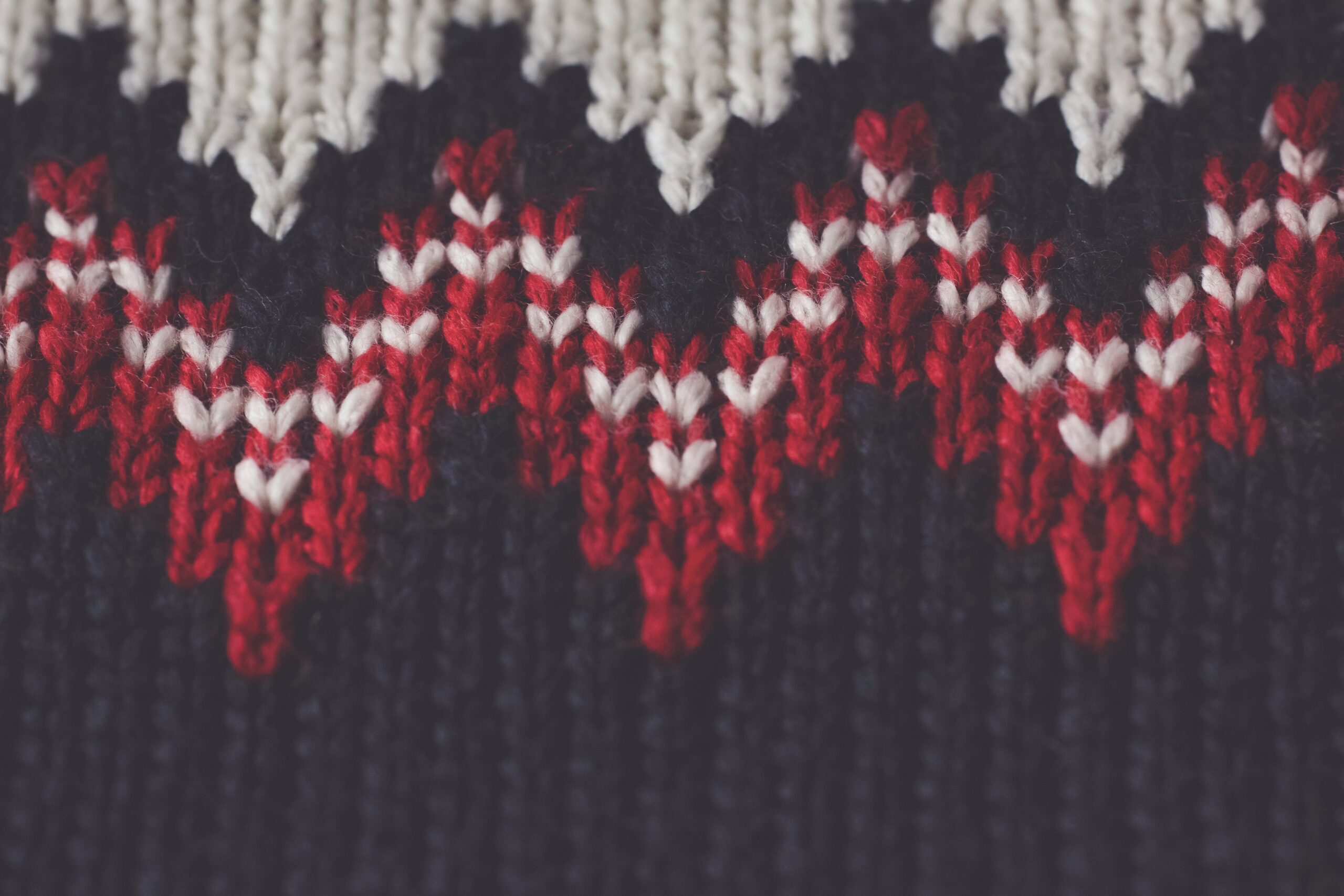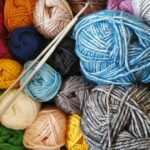Knitting is one of those timeless crafts that feels both soothing and satisfying. Whether you’re looking to create a beautiful handmade gift or simply unwind after a long day, knitting offers a perfect combination of creativity and relaxation. If you’re just starting your knitting journey, you may be feeling a bit overwhelmed by all the patterns, techniques, and terminology out there. But don’t worry – you don’t need to be a seasoned pro to get started. Knitting patterns are a great way for beginners to learn new skills and create something functional and beautiful in the process.
In this guide, we’ll explore some easy knitting projects, explain key knitting terms, and walk you through how to read and follow patterns so you can confidently begin your first project
- Introduction to beginner-friendly knitting patterns
- Easy and fun knitting projects to try first
- Understanding basic knitting terminology
- How to read and follow knitting patterns
- Let’s get going: Start your knitting journey today
Introduction to beginner-friendly knitting patterns
When you’re new to knitting, patterns might seem intimidating, but they are essentially just step-by-step instructions on how to create a piece of knitting. The great thing about knitting patterns is that they provide structure, helping you build your skills one stitch at a time. A knitting pattern typically includes the materials you’ll need, the stitches to use, and the instructions for assembling the piece.
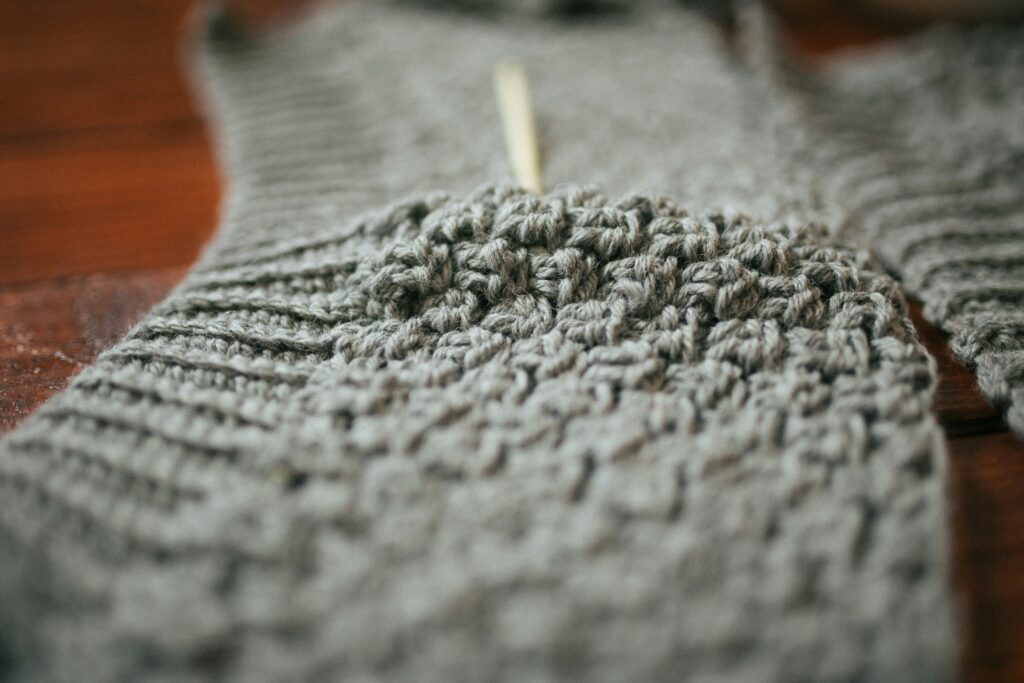
For beginners, it’s essential to choose simple patterns that allow you to practice basic skills without feeling too overwhelmed. Fortunately, there are plenty of beginner-friendly knitting patterns available – you just need to know where to start. The key to success with your first knitting project is to pick something that’s both achievable and enjoyable, so you can get used to the rhythm of knitting and build your confidence.
Easy and fun knitting projects to try first
Starting with simple projects that focus on basic stitches is the perfect way to ease into knitting. Here are a few beginner-friendly projects that are fun, quick, and will help you gain valuable experience:
Scarves
A scarf is one of the easiest and most rewarding knitting projects for beginners. It involves knitting rows back and forth, using just one or two basic stitches. The beauty of scarves is that you don’t need to worry about shaping or complicated stitch patterns – you can simply knit until you reach your desired length. You can experiment with different yarns and textures, and if you feel adventurous, you can even try adding fringe to the edges. A scarf is also a fantastic project for practicing tension and perfecting your knitting rhythm.
Dishcloths
A dishcloth is another simple project that’s perfect for beginners. Using basic stitches, you’ll quickly see your progress as you work through the rows. Plus, dishcloths are practical – you’ll be able to use them in your kitchen once they’re finished! To make it even more fun, try experimenting with different yarn colours and textures to create something unique. They’re also a great way to practice and perfect your tension, as they’re small and easy to complete in just a few sessions.
Hats
If you’re ready to take it up a notch, knitting a hat is a great next step. Most hat patterns use a simple ribbing stitch and basic shaping to create the crown. Even if you’re just beginning, you’ll find that knitting a hat is straightforward and rewarding. It’s also a quick project, so you can see the results of your hard work in no time. A hat can be knit flat and then sewn together, or you can knit in the round using circular needles for a seamless finish.
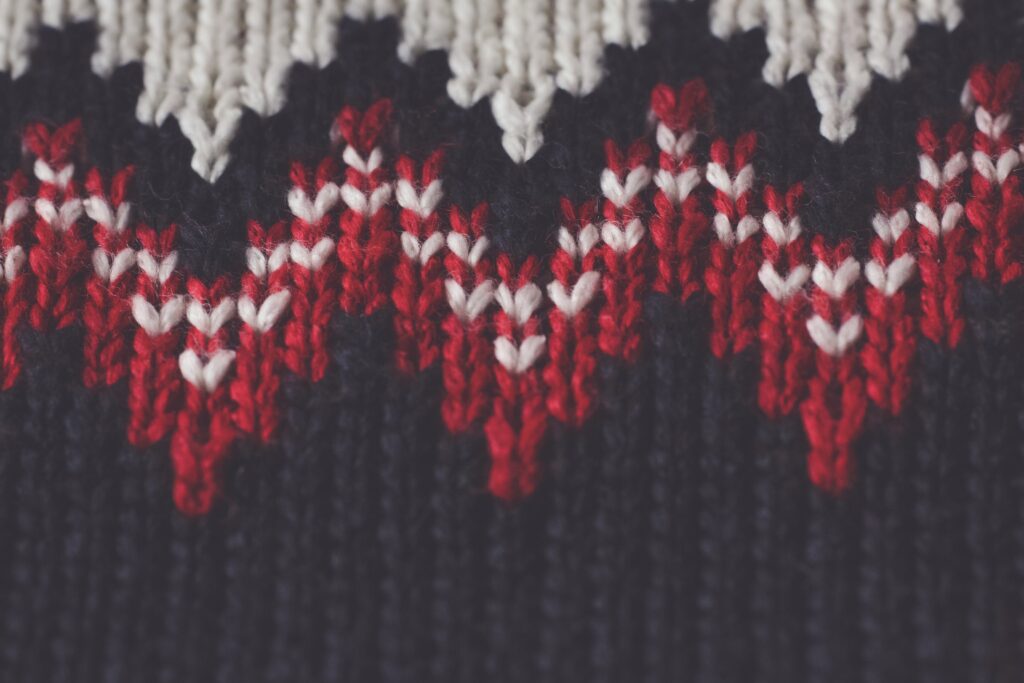
Understanding basic knitting terminology
As you begin your knitting journey, you’ll likely come across a variety of terms and abbreviations that may seem confusing at first. But don’t worry, these terms are easy to learn and will quickly become second nature. Here are some common knitting terms you should know:
- Knit (K) and Purl (P): These are the two basic stitches in knitting. The knit stitch creates a smooth texture, while the purl stitch creates a bumpy texture. Most patterns will use a combination of both stitches.
- Cast On: This is the process of creating the first row of stitches on your needle. It’s how you start every project.
- Bind Off (BO): The bind-off method is used to finish your knitting and secure the stitches at the end of the project.
- Gauge: Gauge refers to the number of stitches and rows per inch in your knitting. It’s essential for making sure your finished project will have the correct size. If your gauge doesn’t match the pattern’s, you may need to adjust your needle size.
- YO (Yarn Over): A yarn over is a technique where you wrap the yarn around the needle to create a new stitch. It’s often used in lace patterns.
How to read and follow knitting patterns
Reading and following knitting patterns may seem tricky at first, but once you get the hang of it, it will become much easier. Knitting patterns typically follow a standard format and include the following:
Materials List: This section will tell you exactly what you need for the project, including the type of yarn and the size of the needles. Always check this section before starting your project so you have everything you need.
Abbreviations and Key: Most patterns use abbreviations to save space. For example, “K” for knit, “P” for purl, and “CO” for cast on. Make sure to check the pattern’s key to understand the abbreviations used.
Instructions: The pattern will provide row-by-row instructions. For example, it might say “Row 1: K1, P1 across the row,” which means you knit one stitch, then purl one stitch, and repeat across the entire row.
Stitch Counts: Pay attention to stitch counts as you go. At the end of each row or round, check the pattern’s stitch count to ensure you’re on track. This is especially important when you start shaping your project (like a hat or sweater), as incorrect stitch counts can throw off your pattern.
Gauge: Most patterns will also include a gauge swatch. It’s important to knit a swatch before starting your project to make sure your stitches match the recommended gauge. If your swatch is too big or too small, you’ll need to adjust your needle size.
Let’s get going: Start your knitting journey today
Knitting is an incredibly rewarding hobby that’s perfect for beginners. By starting with simple patterns, understanding basic knitting terminology, and learning how to follow a pattern, you’ll be well on your way to creating beautiful handmade pieces. Remember, the key to success is practice – the more you knit, the more comfortable you’ll become with the techniques and terminology:
- Timeless, soothing and satisfying: Knitting is an old craft that is still popular today
- To get into this craft, make sure you choose beginner-friendly patterns in the beginning, such as simple scarves, hats or dishcloths
- Learn the basic terminology, such as cast on, bind off, knit, purl, gauge and yarn over – it takes a while to get used to but you’ll get there
- When following a pattern, make sure you have the materials on the list, know all the pattern’s terminology and count correctly
- It can make sense to look at the gauge swatch and knit a swatch before you tackle the whole project
- And as always: Don’t be discouraged when things don’t work out exactly the way you had pictured them. It takes a while to get perfect results with knitting – be patient with yourself.
So, pick up those needles, choose a simple project, and start knitting today! You’ll be amazed at how quickly you can create something special with your own two hands. Happy knitting!


